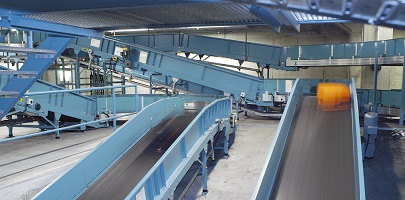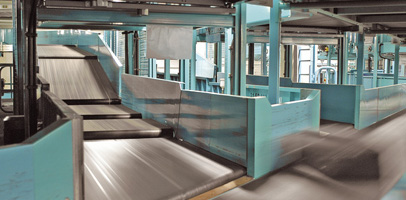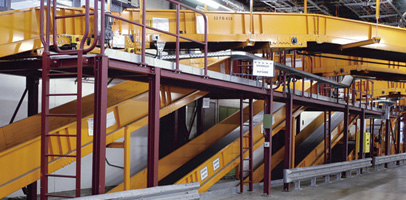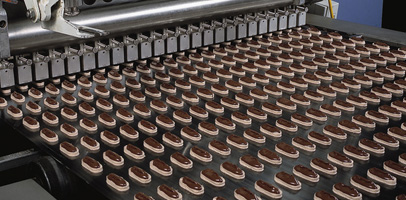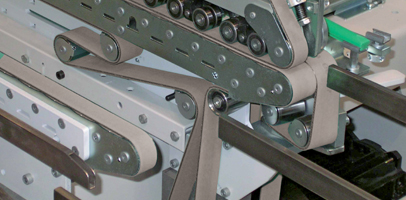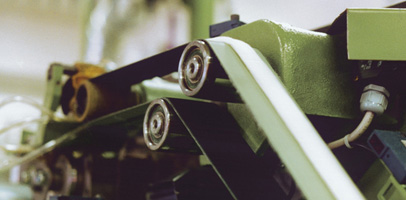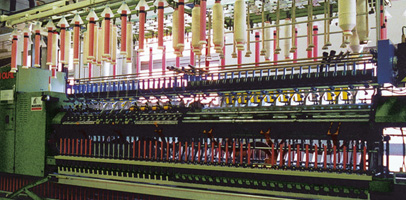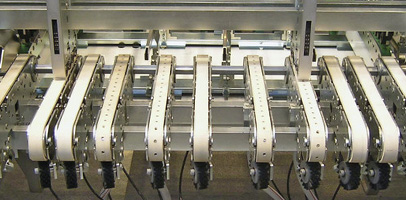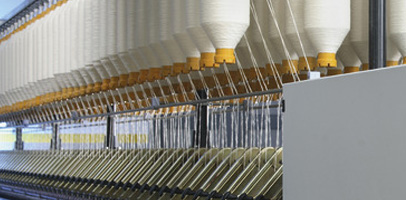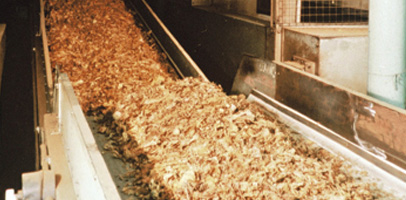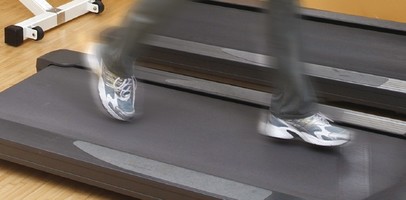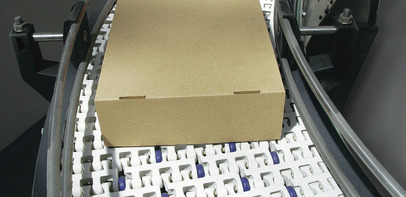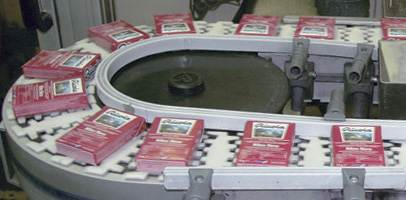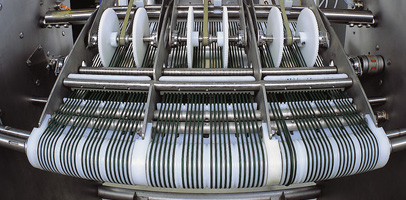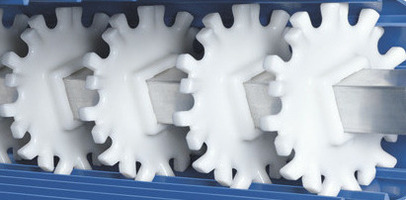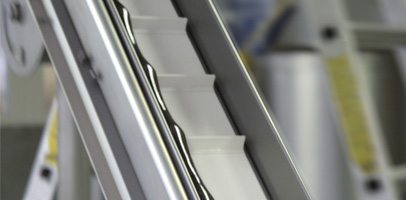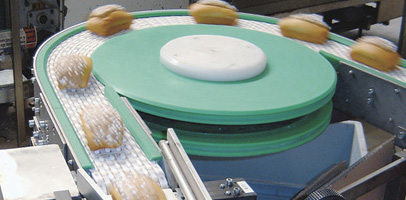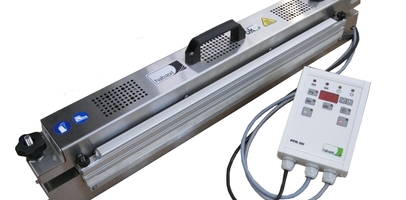Konveyör Bantlar ve Düz Kayışlar

Konveyör Bantlar ve Düz Kayışlar
The history of conveyor belts begins in the second half of the 17th century. Since then, conveyor belts have been an inevitable part of material transportation. However, in 1795 conveyor belts became a popular vehicle for transporting bulk materials. Originally, conveyor belts were only used to transport grain sacks over short distances. The conveyor belt system and its operation were quite simple in the early days. The conveyor belt system had a flat wooden bed and a belt running over the wooden bed. Previously, conveyor belts were made of leather, canvas or rubber. This primitive conveyor belt system was very popular for moving bulky items from one place to another. In the early 20th century, the applications of conveyor belts expanded. Hymle Goddard of Logan Company was the first company to obtain a patent for a roller conveyor in 1908. The roller conveyor business was not successful. A few years later, electric and free conveyors were used in automotive production in 1919. Thus, conveyor belts have become popular vehicles for transporting heavy and large goods within factories. Conveyor belts were common in the 1920s and also underwent major changes. Conveyor belts have been used to process over 8km of coal in coal mines and are made using cotton and rubber coating layers. The longest conveyor belt currently in use is 60 miles long in the phosphate mines of the Western Sahara. One of the turning points in the history of conveyor belts was the introduction of synthetic conveyor belts. It was introduced during the Second World War, mainly due to the scarcity of natural materials such as cotton, rubber and canvas. Since then, synthetic conveyor belts have become popular in various fields. With the increasing demand in the market, many synthetic polymers and fabrics started to be used in the production of conveyor belts. Today, cotton, canvas, EPDM, leather, neoprene, nylon, polyester, polyurethane, urethane, PVC, rubber, silicone and steel are widely used in conveyor belts. Today, the material used in conveyor belt construction is determined by its application.
Contact
- Phone : 02244111730
- Mail :info@tuncateknik.com
- Adress :nilüfer organize sanayi bölgesi ıhlamur cadde no:2 Nilüfer/Bursa

